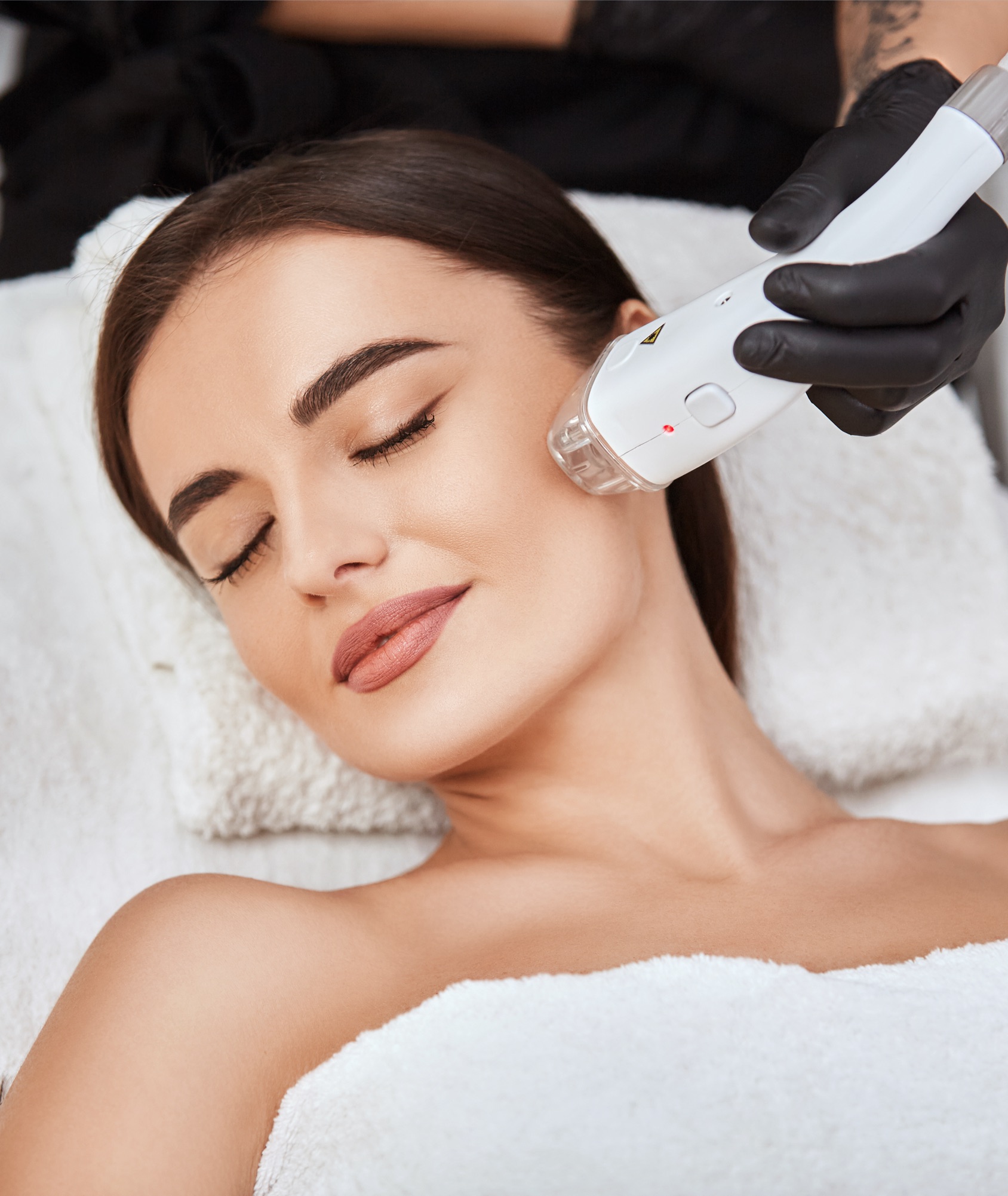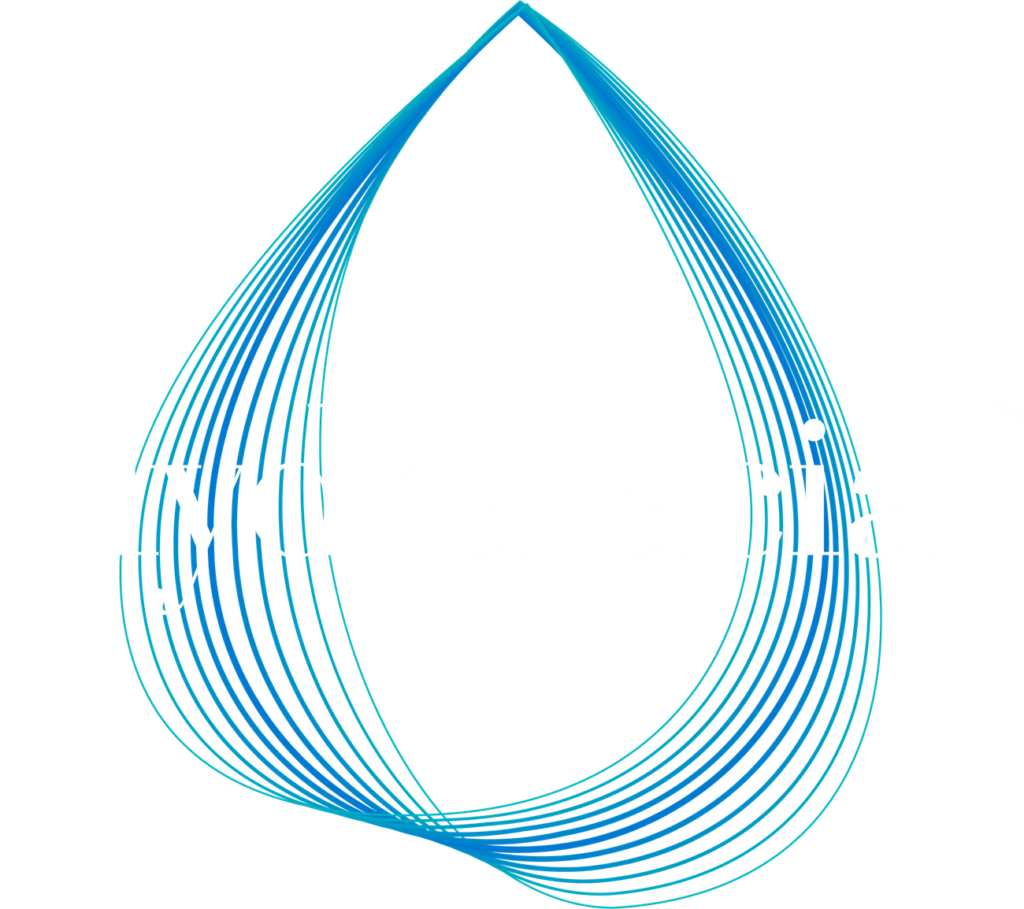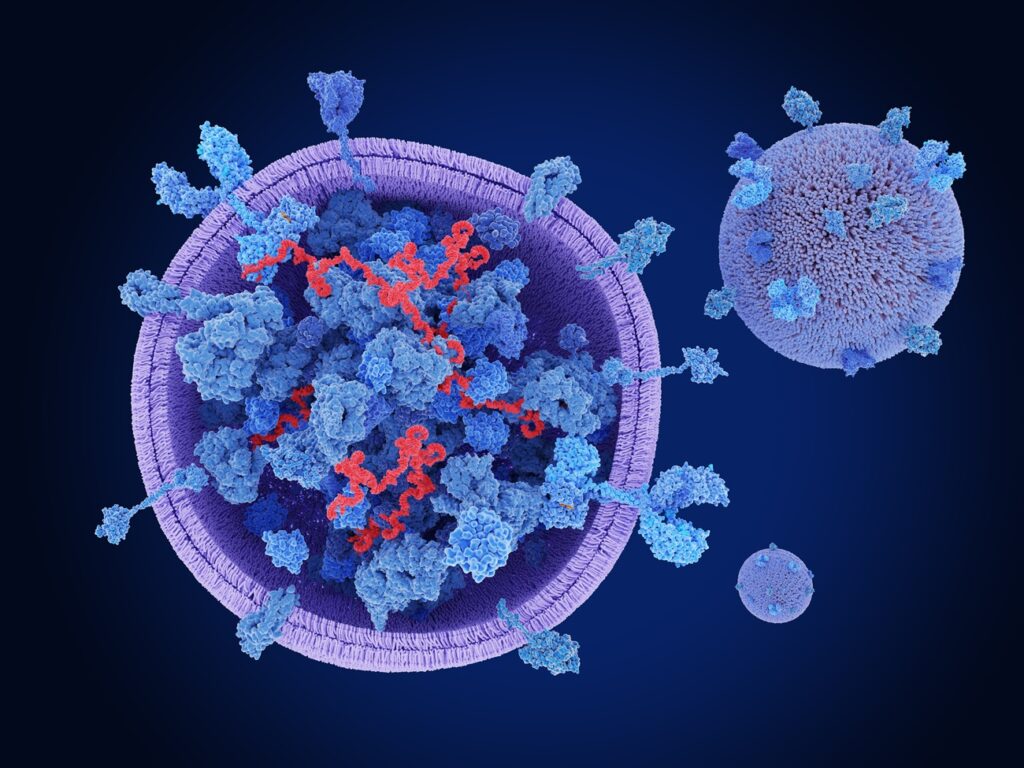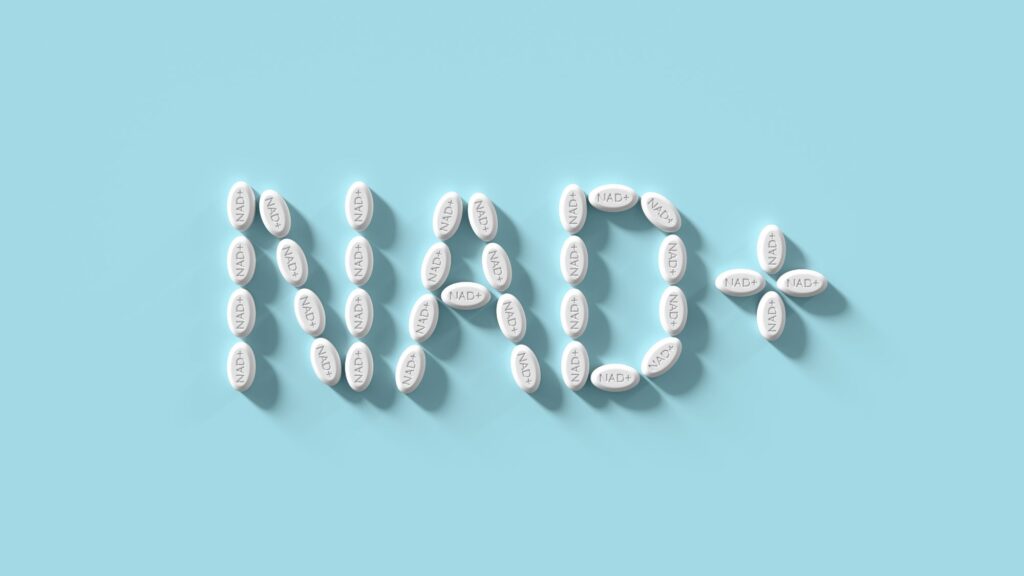What is Moxi Laser?
What to Expect, What To Do For Pre-Care and Post-Care, and Why
Moxi is a gentle, fractionated, non-ablative 1927 nm laser that works to improve the appearance of aging or for “prejuvenation” purposes – that is, to maintain youthful skin and delay signs of aging. Unlike BroadBand Light (BBL), it is safe for all skin types and can be performed at any time of year (BBL requires the patient not to have an active tan) (Sciton, Inc., 2024). A series of 3 treatments is typically recommended, and when safe to do so, it can be combined with BBL for even better results.
To summarize the technology behind Moxi, ablative lasers work by removing thin layers of skin from the surface (the epidermis) and heating the underlying skin (the dermis) to stimulate the growth of new cells and collagen. Examples of this are carbon dioxide (CO2) and erbium lasers. These work well to treat deeper issues but require far more downtime. On the other hand, Moxi laser is non-ablative, meaning it heats the deeper layers of skin without damaging the surface layers. This offers many of the benefits of ablative lasers but with fewer side effects and much less downtime.
Traditional lasers are non-fractionated, meaning they apply a continuous beam across the entire treatment area. Fractionated lasers use microscopic beams but leave microscopic skin areas between the beams untouched. This allows for more precise treatment, allows the skin to heal much faster, and reduces the risk of complications (Beasley et al., 2013; Preissig et al., 2012).
Read this article to learn more about the different types of lasers and phototherapy treatments
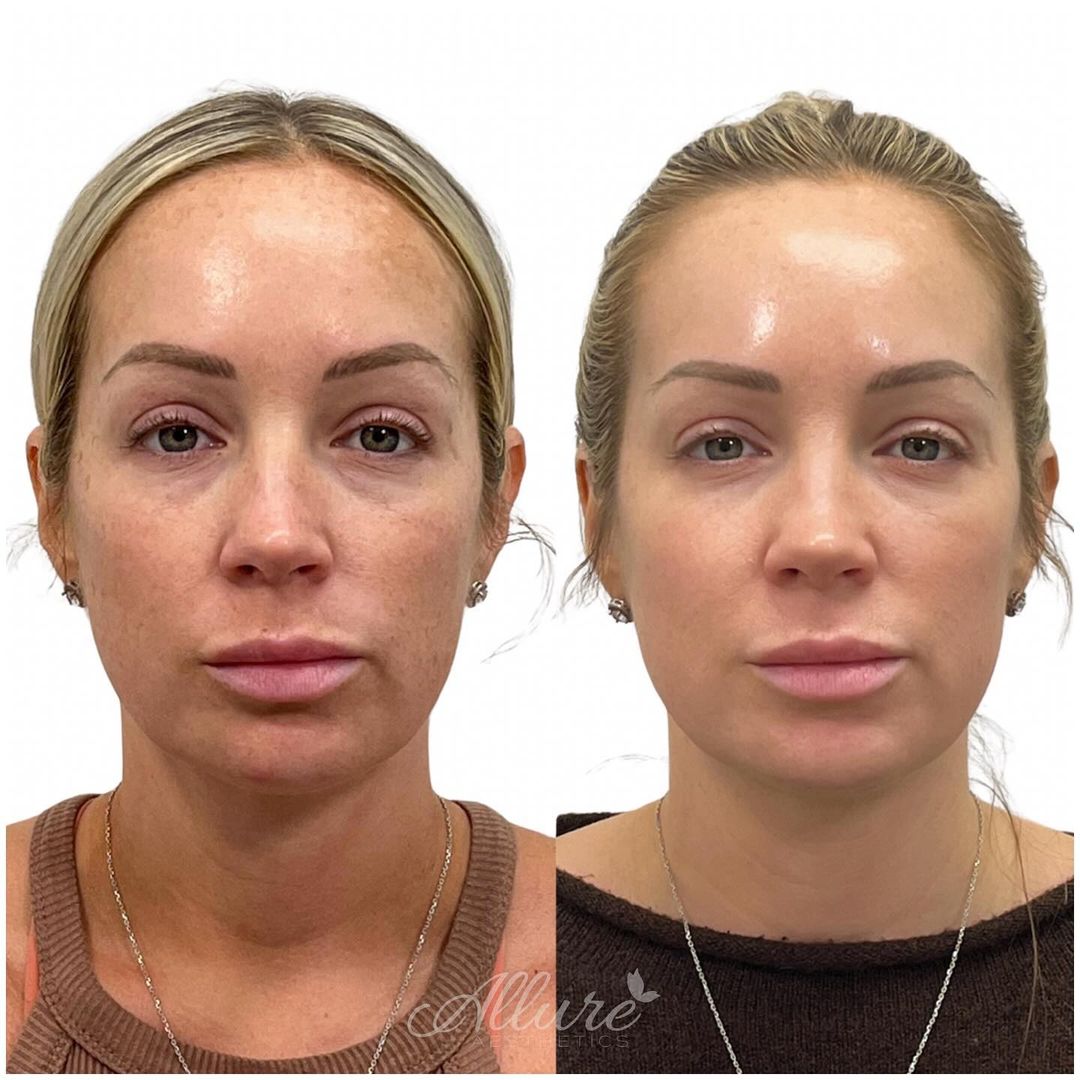
Moxi Laser Pre-Care
Although Moxi can be performed on all skin types and those with a current tan, it still uses light and heat to stimulate the skin. Because of this, it is still best to avoid sunlight and tanning beds before and after treatment so as not to compound these effects and cause additional trauma to the skin. You should also avoid using self-tanners and spray tans before treatment as this can affect results. To further make sure your skin is as hydrated as possible before treatment, please only use gentle cleansers and keep your skin moisturized for two weeks before your appointment and avoid using any products or creams that make your skin irritated or sensitive.
Many medications may cause an increased sensitivity to light. Since Moxi laser uses light frequencies similar to those of the sun, if you are currently taking any medications, you should consult your provider before considering Moxi. They may determine that lasers are unsafe for you, advise you to reschedule, or adjust the treatment protocols.
Some more common medications that may cause light sensitivity are antibiotics, thiazide diuretics, or other sulfur or sulfa-based drugs such as glyburide and glipizide. If you use anticoagulants or regularly use high doses of aspirin, you should expect to experience more bruising and longer healing time than typical. Be sure to inform your provider if you have taken Accutane in the past six months, as this is a contraindication to lasers.
You should inform your provider if you have a history of cold sores, as they may want to prescribe prophylactic (preventative) treatment before your appointment. For those who are prone, lasers can sometimes trigger an outbreak (Sciton, Inc., 2023, pp. 74-75).
What To Expect During a Moxi Laser Treatment
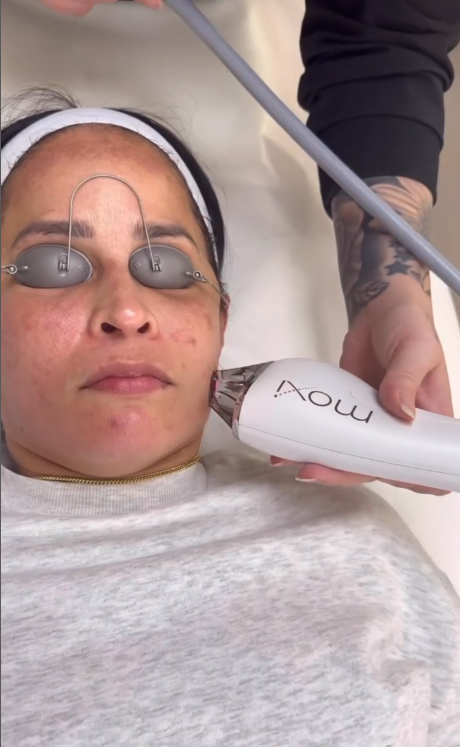
At the start of your appointment, you will be asked to thoroughly cleanse your face, tie your hair back, and wear a handband to keep any hair away from your face. If you are treating areas of the body such as the neck or chest, you may be asked to remove your shirt and given a disposable smock to wear during treatment.
Your provider will review your medical history again to ensure that nothing has changed since your pre-screening phone call. You and your provider will then complete a questionnaire to evaluate your skin type, history, and goals to determine the proper settings. You will be asked to sign consent forms, and your provider will discuss the treatment and answer any questions you may have.
How Does Moxi Laser Treatment Work At Allure Aesthetics?
At Allure Aesthetics, we use numbing cream, which is left on for about 40 minutes to take full effect and significantly decrease discomfort during treatment. We also offer Nitronox, a self-administered nitrous oxide system, as an optional add-on to further reduce anxiety and discomfort.
When the treatment begins, we will give you light-blocking glasses to wear and asked you to lay back. Depending on your customized session, the provider will go over the treatment areas in multiple passes. The Moxi laser will create a “zapping” noise as it pulses onto your skin. You will feel heat, which will increase with multiple passes. The amount of discomfort varies depending on the specific treatment, individual anatomy, and pain tolerance. It may range from mild warmth up to a feeling of moderate sunburn. We will also provide you with a fan to help with the warmth. You will be free to talk with your provider throughout the process, even if using Nitronox.
At our office, we will provide a Velez Cooling Mask after treatment, which provides instant moisture cooling relief and helps provide instant moisturization. You can wear the mask for up to two hours, though you may be uncomfortable driving with it on. If the mask dries by the time you are ready to remove it, please re-wet it with cool water before gently peeling it off.
You can relax in your private treatment room with refreshments until you feel ready to check out and head home.
Moxi Laser Post Care
There may be some swelling immediately post-treatment; however, if you experience excessive swelling or any of the following signs of infection, you should contact your provider immediately. In rare cases, your provider may prescribe a steroid to help reduce the swelling.
Infection
Infection is rare but a possibility with any medical procedure.
Signs of infection include:
- Drainage – looks like pus
- Increased warmth at or around the treated area. (The area may be warm for the first 24 hours, but please get in touch with us if the warmth is increasing or is still present after 24 hours)
- Fever
- Extreme itching
If you believe you are experiencing a medical emergency, please call 911. It is always best to be safe and act quickly in case there is an urgent need.
After your Moxi laser treatment, please avoid washing the area for the rest of the day. The treated area(s) may be extremely warm for 1-2 hours after treatment and may continue for 12-24 hours. Cold compresses may provide comfort during this time, but please avoid using direct ice or ice packs, which may stick to the skin. You can also use a mineral water spray, which can provide relief and moisture to the skin.
While it is best for healing to avoid wearing makeup as much as possible, it is safe to apply makeup after 24 hours.
Swelling
Swelling is common and expected immediately after treatment and will also be improved with cold compresses. It is usually most pronounced the first morning after treatment and especially noticeable under the eyes. Swelling may last 2-4 days. To avoid further swelling, you may choose to sleep in an upright position for the first 2-3 nights after treatment. This will help to promote fluid moving away from the face and prevent pressure and abrasions from happening to the face during sleep. Some other ways to reduce swelling are taking Arnika Forte, avoiding salty foods, avoiding exercise/sweating, avoiding heat, and avoiding hot baths and showers.
Microscopic Epidermal Necrotic Debris (MENDs)
MENDs (microscopic epidermal necrotic debris) will begin to appear on the 2nd or 3rd day after a Moxi laser treatment as tiny dark spots and a bronzed appearance to the treated skin. MENDs are a part of the healing process where the treated areas of tissue are working their way out of the body as new, fresh skin is regenerated. During this time, the skin will be very dry and feel like sandpaper before flaking and peeling off. It may be difficult to apply makeup due to the texture for several days. Do not pick or exfoliate the skin as this may damage healthy tissue areas.
Redness
Redness is normal and expected after a Moxi laser treatment. It generally increases in intensity for the first few days after treatment, with day three typically being the most intense. Depending on the treatment intensity and your skin, redness can persist for up to 7 days.
To help the skin heal as quickly as possible and to avoid any further stress to the treated area(s), please avoid touching or cleansing the area at all after treatment until the next morning. From there, please follow the below guidelines.
For two weeks:
- Cleanse the skin twice daily with lukewarm water and a gentle cleanser. Use your hands and gentle patting motions. Do not rub, scrub, or use any exfoliants or a skin care brush such as a Clarisonic on the area(s).
- Apply a hydrating creme generously (with clean hands) over the treated area(s) and reapply it whenever your skin feels dry.
- Apply the concentrated firming serum or Rozatrol your provider has provided you.
- Apply the sunscreen your provider has provided to you daily.
- Do not apply any other products that were not instructed by your provider. This includes essential oils, coconut oil, retinols, abrasive products, or any other creams or serums.
Until your skin is fully healed:
- When showering, avoid getting shampoo or conditioner directly on the treated area(s).
- After two weeks, you may use a soft washcloth and soft towels, but avoid any scrubbing until healing is complete.
- Avoid strenuous exercise and sweating (Adapted from Sciton, Inc., 2020).
Conclusion
Moxi is not only effective at reducing visible signs of aging but also works on a deeper level to refine skin texture and correct uneven tones. Whether you’re looking for a preventative treatment to maintain youthful skin or address existing concerns, Moxi offers a personalized approach to rejuvenation. By understanding the pre-care, treatment experience, and post-care, you can take control of your skincare journey and maximize the benefits of your Moxi laser treatment.
Ready to experience the results for yourself? Schedule your Moxi laser in Philadelphia today by visiting our booking page or calling us at 610-393-1253. We’re here to answer any questions and help you achieve your skincare goals.
References
Beasley, K., Dai, J. M., Brown, P., Lenz, B., & Hivnor, C. M. (2013). Ablative Fractional Versus Nonablative Fractional Lasers—Where Are We and How Do We Compare Differing Products? Current Dermatology Reports, 2(2), 135–143. https://doi.org/10.1007/s13671-013-0043-0
Sciton, Inc. (2020). MOXI Patient Post-Care Instructions.
Sciton, Inc. (2023). Sciton mJoule Operator Manual.
Sciton, Inc. (2024). MOXI. Sciton. https://sciton.com/moxi/
Preissig, J., Hamilton, K., & Markus, R. (2012). Current Laser Resurfacing Technologies: A Review that Delves Beneath the Surface. Seminars in Plastic Surgery, 26(03), 109–116. https://doi.org/10.1055/s-0032-1329413





